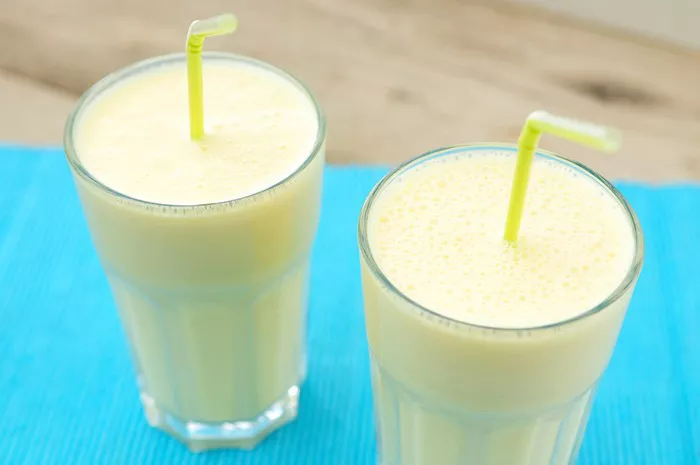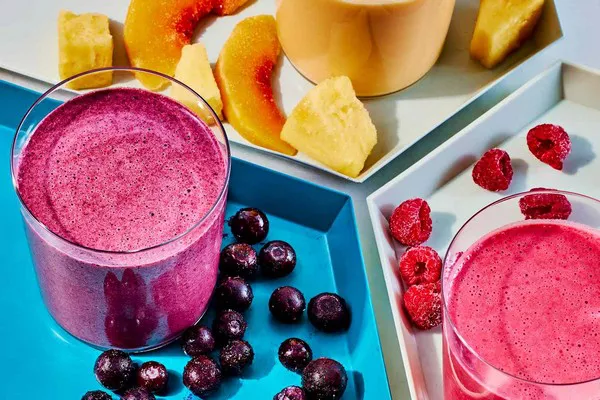When it comes to baking or making your favorite chocolate-flavored recipes, you might find yourself out of cocoa powder and wonder if you can use drinking chocolate instead. The short answer is yes, but there are several important considerations and differences that you need to be aware of to ensure your culinary creations turn out as expected. This article delves into the composition, uses, and implications of substituting drinking chocolate for cocoa powder in various recipes.
Understanding Cocoa Powder
Cocoa powder is a key ingredient in many baking recipes. It is made from cocoa beans that have been fermented, dried, roasted, and separated from their hulls. The remaining nibs are ground into a thick paste known as chocolate liquor, which is then pressed to remove most of the cocoa butter. The remaining solids are dried and ground into cocoa powder.
Types of Cocoa Powder
- Natural Cocoa Powder: This type is acidic and bitter, with a strong chocolate flavor. It reacts with baking soda to create leavening in recipes.
- Dutch-Processed Cocoa Powder: Also known as alkalized cocoa, it is treated with an alkali to neutralize its acids. This results in a darker color, milder flavor, and it doesn’t react with baking soda.
Understanding Drinking Chocolate
Drinking chocolate, often confused with hot cocoa mix, is generally a blend of cocoa powder, sugar, milk powder, and sometimes additional flavorings. Unlike pure cocoa powder, drinking chocolate is designed to be mixed with hot water or milk to create a ready-to-drink chocolate beverage.
Types of Drinking Chocolate
- Hot Cocoa Mix: Typically contains cocoa powder, sugar, and milk powder. It’s sweeter and less intense than pure cocoa powder.
- Premium Drinking Chocolate: Made with higher-quality ingredients, including real chocolate flakes or finely ground chocolate, resulting in a richer and more complex flavor.
Differences Between Cocoa Powder and Drinking Chocolate
Composition
- Cocoa Powder: Pure cocoa with no added sugars or milk solids.
- Drinking Chocolate: Contains added sugars, milk solids, and sometimes other flavorings or thickeners.
Flavor Profile
- Cocoa Powder: Strong, intense chocolate flavor, slightly bitter.
- Drinking Chocolate: Sweeter, milder flavor due to added sugars and milk solids.
Nutritional Content
- Cocoa Powder: High in antioxidants and low in sugar.
- Drinking Chocolate: Higher in sugar and calories due to added ingredients.
Using Drinking Chocolate as a Substitute
When substituting drinking chocolate for cocoa powder in recipes, it’s crucial to account for the differences in composition and flavor. Here are some tips and considerations for various types of recipes:
Baking
Cakes, Brownies, and Cookies:
- Adjustment for Sweetness: Since drinking chocolate contains added sugar, reduce the amount of sugar in the recipe. A general rule of thumb is to reduce the sugar by about one-third to one-half, depending on the sweetness of the drinking chocolate.
- Texture Considerations: Drinking chocolate has additional ingredients like milk solids which can affect the texture of baked goods. The final product may be slightly denser or moister.
- Flavor Impact: The flavor will be less intense compared to using cocoa powder. You may need to increase the quantity of drinking chocolate to achieve a similar chocolatey flavor.
Example Adjustment:
For a recipe calling for 1 cup of cocoa powder and 1 cup of sugar, you might use 1.5 cups of drinking chocolate and reduce the sugar to 0.5 cups.
Sauces and Beverages
Chocolate Sauce and Hot Chocolate:
- Sweetness Balance: Since drinking chocolate is already sweetened, adjust the additional sugar in your recipe accordingly.
- Mixing and Consistency: Drinking chocolate often contains thickeners which can alter the consistency of sauces. You may need to adjust the amount of liquid in the recipe.
Example Adjustment:
For a recipe calling for 2 tablespoons of cocoa powder and 2 tablespoons of sugar, use 4 tablespoons of drinking chocolate and omit the sugar.
Frosting and Fillings
Chocolate Frosting:
- Sweetness: Drinking chocolate will add more sweetness, so reduce the sugar in the frosting recipe.
- Consistency: The milk solids in drinking chocolate can alter the texture, making it creamier or slightly thicker.
Example Adjustment:
For a recipe calling for 1/2 cup of cocoa powder and 1 cup of powdered sugar, use 3/4 cup of drinking chocolate and reduce the powdered sugar to 1/2 cup.
SEE ALSO: What are the 10 Types of Dessert?
Pros and Cons of Substituting Drinking Chocolate
Pros
- Convenience: Drinking chocolate is often more readily available in many households.
- Flavor: It can add a different dimension of flavor, especially in recipes where a slightly milder and sweeter chocolate taste is desired.
- Versatility: Drinking chocolate can be used in various forms, not just as a cocoa powder substitute, but also as a base for hot beverages and dessert toppings.
Cons
- Sweetness Control: It’s harder to control the sweetness level precisely.
- Texture Variation: The added ingredients in drinking chocolate can alter the texture of baked goods and other recipes.
- Nutritional Differences: Drinking chocolate contains more sugar and calories, which might not be suitable for all dietary needs.
Practical Tips for Using Drinking Chocolate
- Taste and Adjust: Always taste your mixture before adding more sugar or other ingredients. Adjust according to the desired sweetness and chocolate intensity.
- Experiment: Start with small adjustments and gradually increase the amount of drinking chocolate until you achieve the desired flavor and texture.
- Consider the Recipe: For recipes where cocoa powder is a key structural component (like in some baked goods), drinking chocolate might not work as well. In such cases, it’s best to stick to pure cocoa powder or find a suitable alternative like melted unsweetened chocolate.
Conclusion
While drinking chocolate can be used as a substitute for cocoa powder in many recipes, it’s important to understand the differences in composition, flavor, and texture. Adjusting the amount of sugar and other ingredients is crucial to achieving the desired results. With careful consideration and a bit of experimentation, you can successfully use drinking chocolate in place of cocoa powder and enjoy delicious, chocolatey treats.
By being mindful of these differences and making necessary adjustments, you can enjoy the flexibility of using what you have on hand without compromising on the quality of your baked goods and other culinary creations.
Related Topics:



























